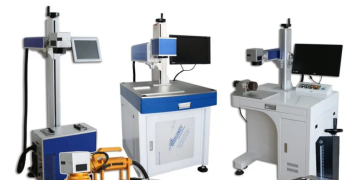Cervical type disc replacement is a surgical procedure to relieve the pressure on the spinal cord and nerve roots caused by a herniated cervical disc. Cervical disc replacement is an essential procedure for people who have had neck pain for more than six weeks. It can also be done in cervical spondylosis, a degenerative spine condition that causes bone spurs to form on the vertebrae.
Given the statistics in Texas, United States, an average of 2,855 patients underwent cervical total disc replacement over the course of a year. Around 1,764 patients were male and 1,091 female. The average age for undergoing this procedure was 51 years old with most between the ages of 40-59. There were also more females (70%) than males that underwent cervical total disc replacement surgery. The number of spinal care surgeries has increased over time, and it is expected to continue to grow as more people are diagnosed with degenerative disc disease.
DETAILED UNDERSTANDING OF THE CERVICAL TOTAL DISC REPLACEMENT
The most common symptoms that indicate the necessity for the surgery are pain, numbness, tingling, and weakness in the arms or legs. The pain levels may be constant or intermittent and radiate to the back, neck, or head.
Total Disc Replacement is a minimally invasive surgical procedure that replaces the entire cervical vertebra of the spine with an artificial device. It’s a revolutionary new way to alleviate the pain and decrease the chance of re-injury that often comes from traditional neck surgery.
The essential factor to consider when choosing a hospital for total disc replacement is the quality of care. The hospital should have a strong team of surgeons and experienced staff. The cost of total disc replacement surgery varies depending on the hospital, but it typically ranges from $10,000 to $30,000.
The benefits of this procedure are many, including improved pain relief, reduced risk of reherniation, and improved quality of life. The disc replacement procedure can be done on patients who have had previous surgery for their cervical spine or those who have had a spinal cord injury.
Before the procedure, patients have to have an MRI done. This will show the doctor where the disc is located and what condition it’s in. Surgeons might also take x-rays of the neck to check for any bone or tissue damage. The surgeon will then place a metal frame around the neck so that they can see where they’re going while they perform surgery. After opening up the patient’s neck, they’ll remove as much of the damaged disc as possible by using small tools. They might have to remove some bones as well in order to release pressure on the spinal cord and nerves. To replace the disc, surgeons will drill holes in a metal plate, screw it onto two vertebrae, and then put a piece of one’s own cervical disc into place between them.
CONCLUSION
Spinal disc replacement is a surgical procedure that can help to relieve pain and improve the quality of life.
The procedure is generally done by removing the damaged disc and replacing it with an artificial one. The artificial disc is made from polyethylene, similar to the natural disc. It has a similar shape, size, and weight and can absorb shock.
The surgery can be generally done in open or minimally invasive ways. In open surgery, the patient’s back will be opened up, and they will have to stay in the hospital for a certain period after the operation.





























































